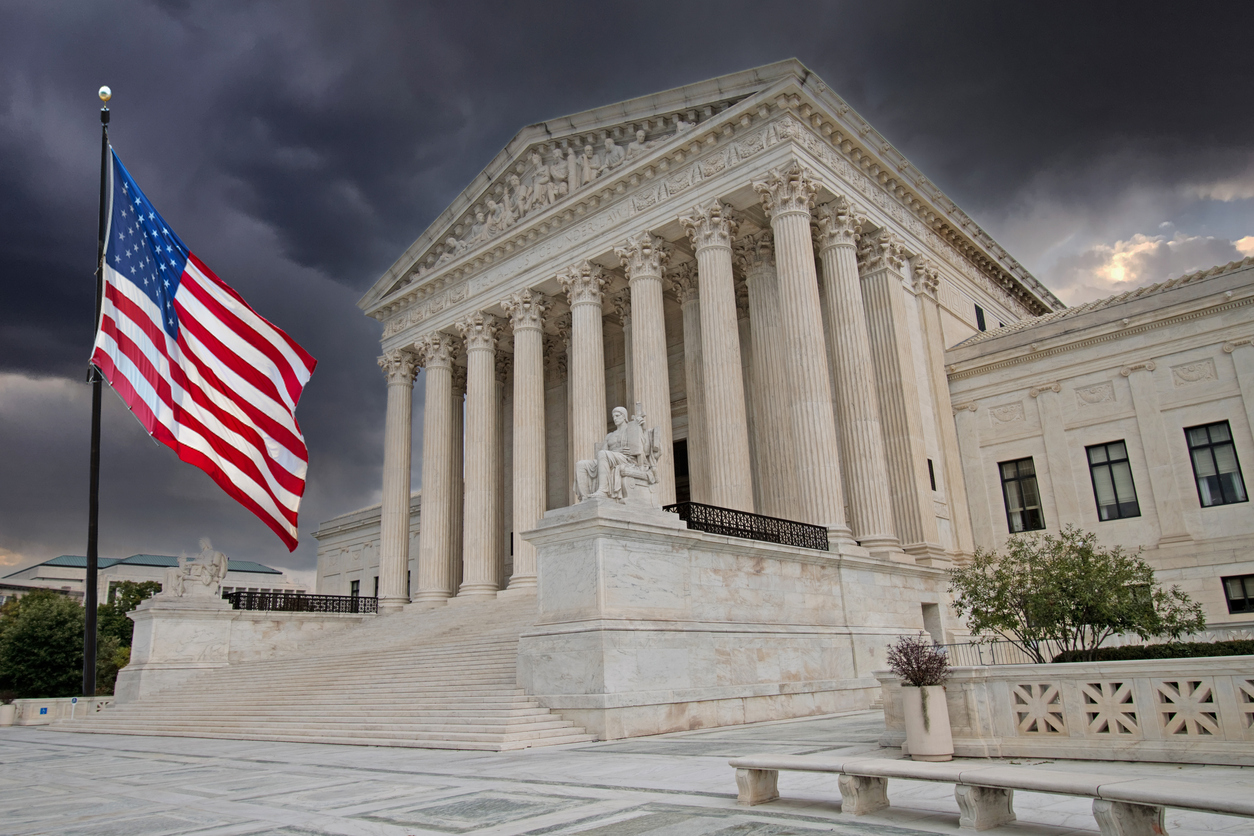The result of the court’s decision will be more opportunity, not less
Harvard may have a slightly more difficult time poaching black students from Boston College, Miami University of Ohio, or other less elite schools in the wake of the Supreme Court’s decision invalidating Harvard’s racial admissions regime. Recruiters from BlackRock and Goldman Sachs may have to suffer the indignity of recruiting their black employees from the University of Connecticut or Rice University, rather than from Stanford and Yale. But contrary to the hysterical rhetoric from President Joe Biden, the court’s dissenting justices and the Democratic commentariat, the doors of educational opportunity will remain wide open to black people. As many black students as before will go to college, assuming that they want to. Colleges will be just as eager to have them, courting them in pre-college campus tours, showering them with scholarships and financial aid, hosting them in special orientations and swaddling them with diversity bureaucrats. Every college library, biology lab, and history and chemistry course will be as welcoming to black students as they were before and as they are to students of every other race and ethnicity.
The only thing that will have changed, assuming colleges make any effort to comply with the court’s decision, is that black students will be more likely to attend schools for which they are academically qualified. At present, under the racial preferences regime that the court just overruled, black students are catapulted into schools where their academic qualifications massively lag those of their non-preferred peers. They may have a combined 1,100 SAT score on a 1,600-point scale, say, but they will be admitted to schools where the average SAT score among non-preferred students is 1,400. Harvard itself calculated in 2013 that if it admitted students based on their academic qualifications alone, less than one percent of its undergraduate student body would be black, as opposed to its then current 10 percent black share. (That 10 percent is now up to 14 percent, without any corresponding national rise in the test scores of black students.) And Harvard has the pick of the top black students nationwide. After Harvard skims off the top, each successive tier of schools below it dips further down into the applicant pool, widening the skills gap between those schools’ black students on the one hand, and their white and Asian students on the other. The largest academic mismatch, counterintuitively, occurs at the least prestigious schools.
Continue reading the entire piece here at The Spectator (paywall)
___________________
Heather Mac Donald is the Thomas W. Smith fellow at the Manhattan Institute, contributing editor at City Journal. Her latest book is When Race Trumps Merit.
Photo by Douglas Rissing/iStock
